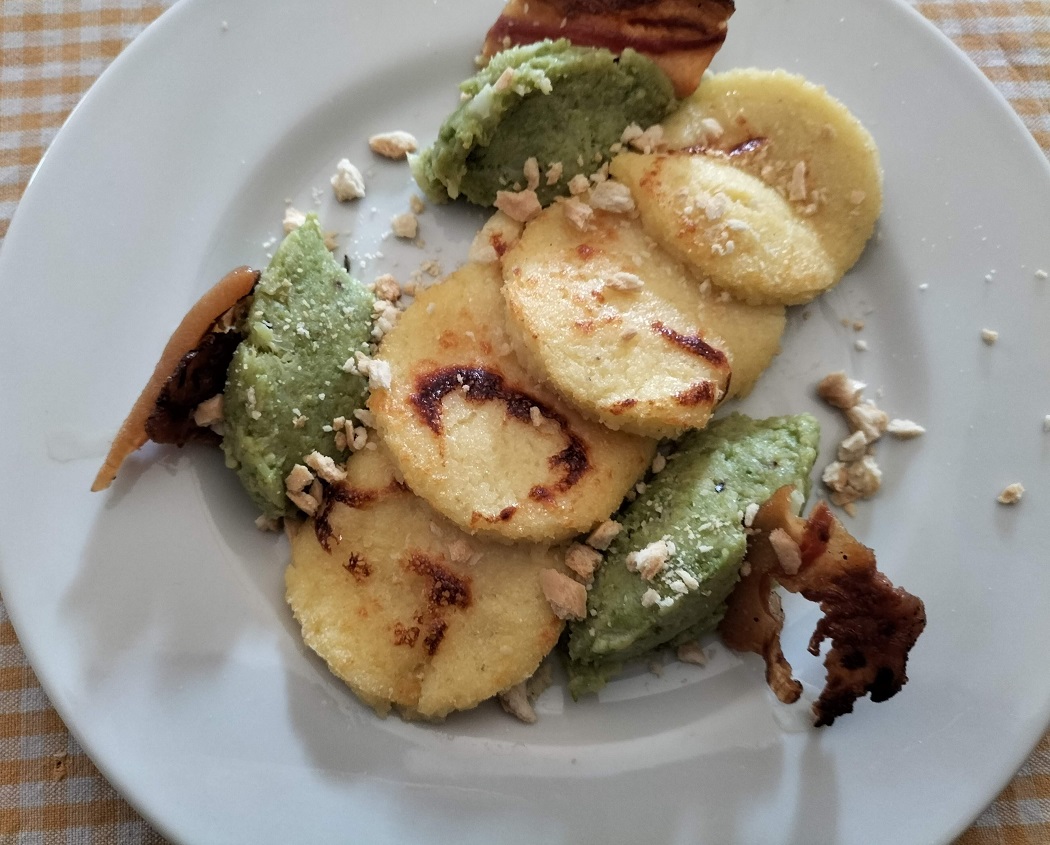Cauliflower time! And when the garden starts producing them, you are invaded by this delicious vegetable, even if the smell of the water in which they boil pervades the house for days.
But the garden produces so many of them all at once that new recipes are needed to be able to continue eating them with joy. It is true that it is such a beautiful plant that it was also used to decorate the royal gardens that in winter did not have many flowers to display.
You can also eat it raw, especially in northern Europe, but in Rome we prefer it cooked. Today we prepare a recipe that takes inspiration from Middle Eastern cuisine and its passion for yogurt. The Arabs would put it everywhere and the real surprise is to enjoy it with meat, even if today we remain vegetarians and use it in an original way with vegetables.
Cauliflower cream with turmeric and yogurt recipe
Let's prepare a cauliflower cream starting from cleaning the cabbage which we will then divide into florets.
Take a pan and on the bottom with oil we put finely chopped onion, garlic, sage and rosemary. Let it brown until the onion is soft then add the potato cut into cubes and the cauliflower.
Let it all flavor and add some vegetable broth or hot water, adjust with salt and pepper and cook. When the potato and cabbage are cooked, add the turmeric and with an immersion blender we reduce everything to a cream. At this point we add the yogurt and mix delicately.
Separately we cut some bread into cubes which we will sauté in a pan with garlic and oil and that we flavor with smoked paprika.
Let's assemble the dish by putting the cauliflower cream in a soup plate and adding the bread on top.
In the glass I chose an Incrocio Manzoni bianco by Elisabetta Foradori, a delicate, slightly aromatic white that does not overpower the delicacy of the vegetables.
The Manzoni Bianco or Incrocio Manzoni (White Manzoni or Crossing Manzoni) grape variety is considered a wine originating from the Veneto region even though it comes from a cross between a Riesling and a Pinot Bianco made in the 1930s by Luigi Manzoni (hence the name), who was then dean of the Conegliano School of Oenology.








Follow us